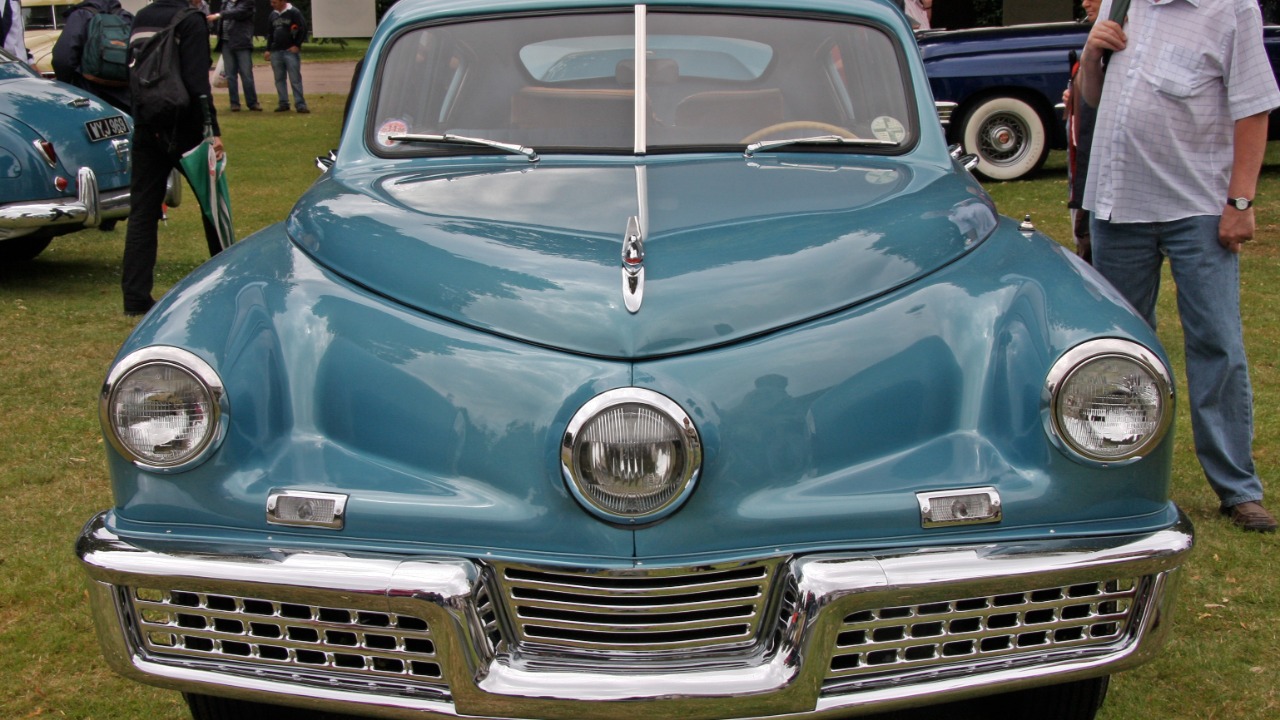
Many car manufacturers have drawn inspiration from the skies, utilizing principles and designs from the world of aviation to create innovative automobiles. The fusion of these two realms has led to some unique and fascinating vehicles. Let’s delve into seven cars that owe their design and engineering influences to airplanes.
Saab 92
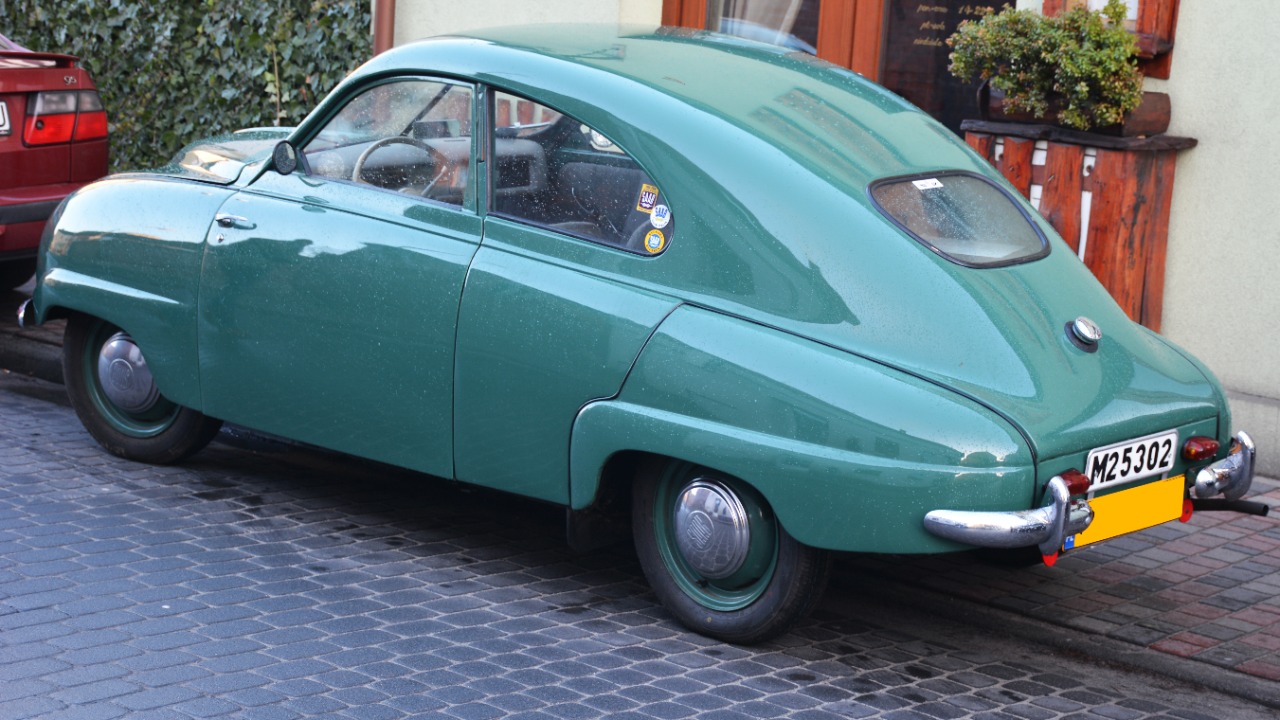
The Saab 92 was the first production car from the Swedish company Saab, which originally started as an aircraft manufacturer. Released in 1949, its design was heavily influenced by aerodynamics, a principle paramount in aviation. The streamlined body of the Saab 92 minimized drag, a feature derived from airplane design. This vehicle not only looked sleek but also enhanced fuel efficiency, a crucial consideration even in the post-war era.
The company’s expertise in aerodynamics was clearly evident in the Saab 92, making it a pioneer in car design. The car’s unique teardrop shape and its engineering borrowed heavily from the aviation industry, showcasing how the transfer of technology from airplanes to cars can result in a vehicle that is both functional and stylish.
Tucker 48
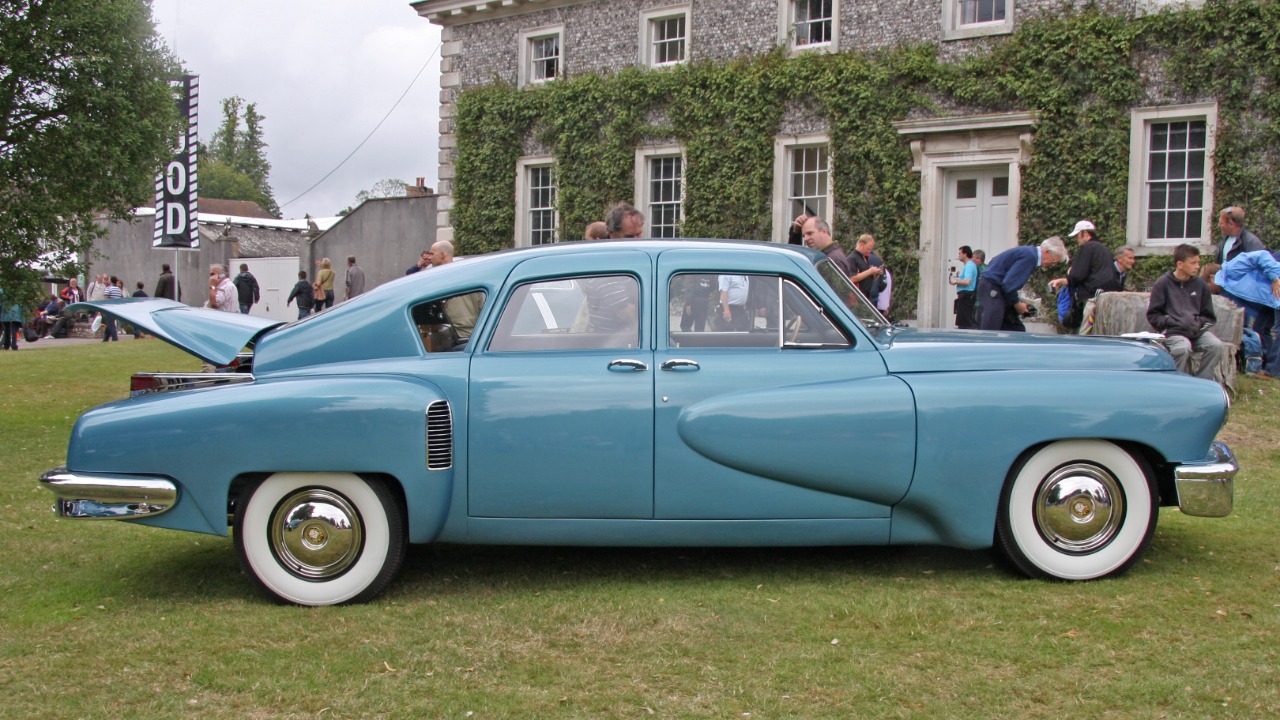
The Tucker 48, also known as the “Tucker Torpedo,” was an ambitious project by Preston Tucker, who envisioned a car with the safety and innovation of an airplane. It featured a rear-mounted engine adapted from a helicopter, an influence that underscored its ties to aviation. The Tucker 48 was also groundbreaking in its incorporation of a center headlight that turned with the steering wheel, akin to how planes have adjustable landing lights.
Despite facing numerous challenges, including limited production, the Tucker 48 remains an icon of automotive design. Its advanced features were a testament to Tucker’s vision of integrating aviation technology into automobiles, which can be explored further through cool cars inspired by airplanes.
Messerschmitt KR200
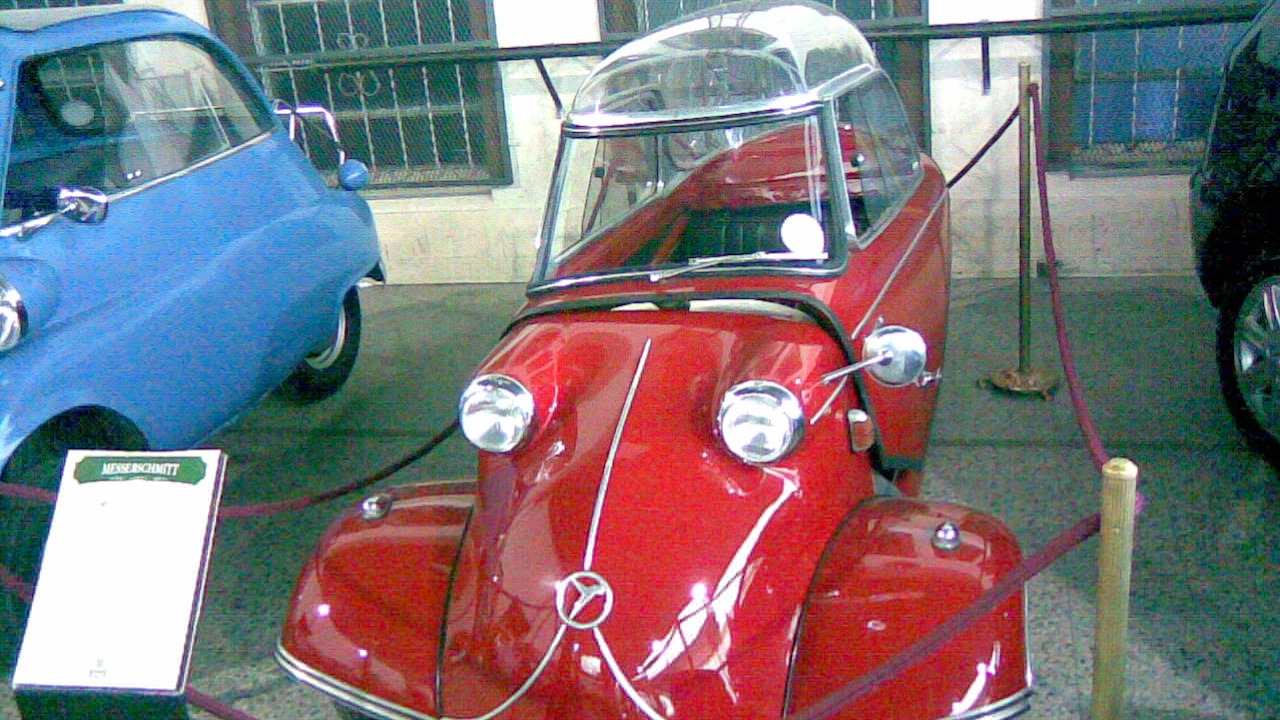
The Messerschmitt KR200, often referred to as a “bubble car,” emerged from the German aircraft manufacturer Messerschmitt following World War II. With its origins deeply rooted in aviation, this tiny three-wheeler was designed by an aircraft engineer and featured a canopy-style roof reminiscent of fighter planes. Its lightweight construction and compact size made it a nimble vehicle, perfect for post-war Europe.
Though not a conventional car by today’s standards, the KR200’s influence from aircraft design is unmistakable. Its unique layout and appearance can be traced back to the manufacturer’s aircraft lineage, demonstrating how aviation can inspire even the most unconventional automotive designs.
BMW Isetta
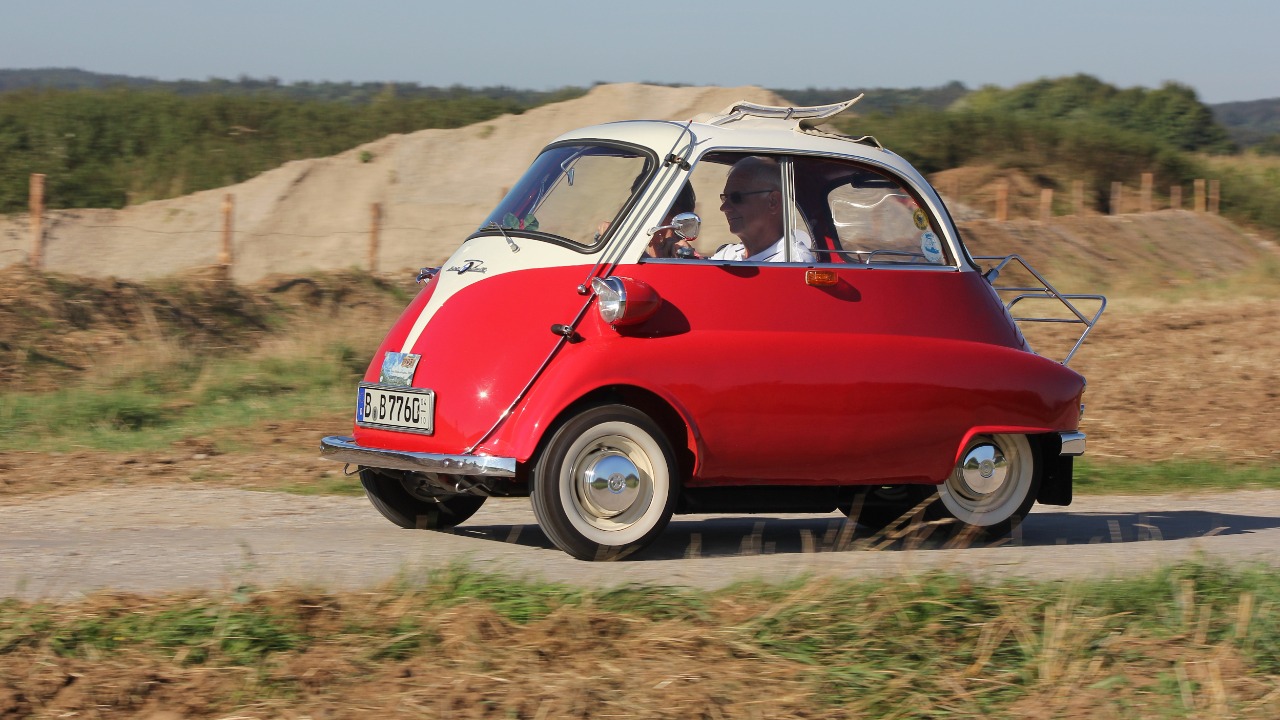
The BMW Isetta, another iconic microcar, drew inspiration from aviation in its design and manufacturing process. Originally designed by the Italian company Iso, the Isetta was licensed to BMW, who transformed it into a symbol of post-war mobility. Its bubble-like shape and front-opening door were reminiscent of the cockpit of a plane, offering an unusual yet efficient design.
This quirky vehicle became a symbol of economic recovery in Europe, demonstrating how aviation principles could be applied to create an affordable and practical car. The Isetta’s design principles are detailed in this detailed study on microcar engineering.
Subaru 360
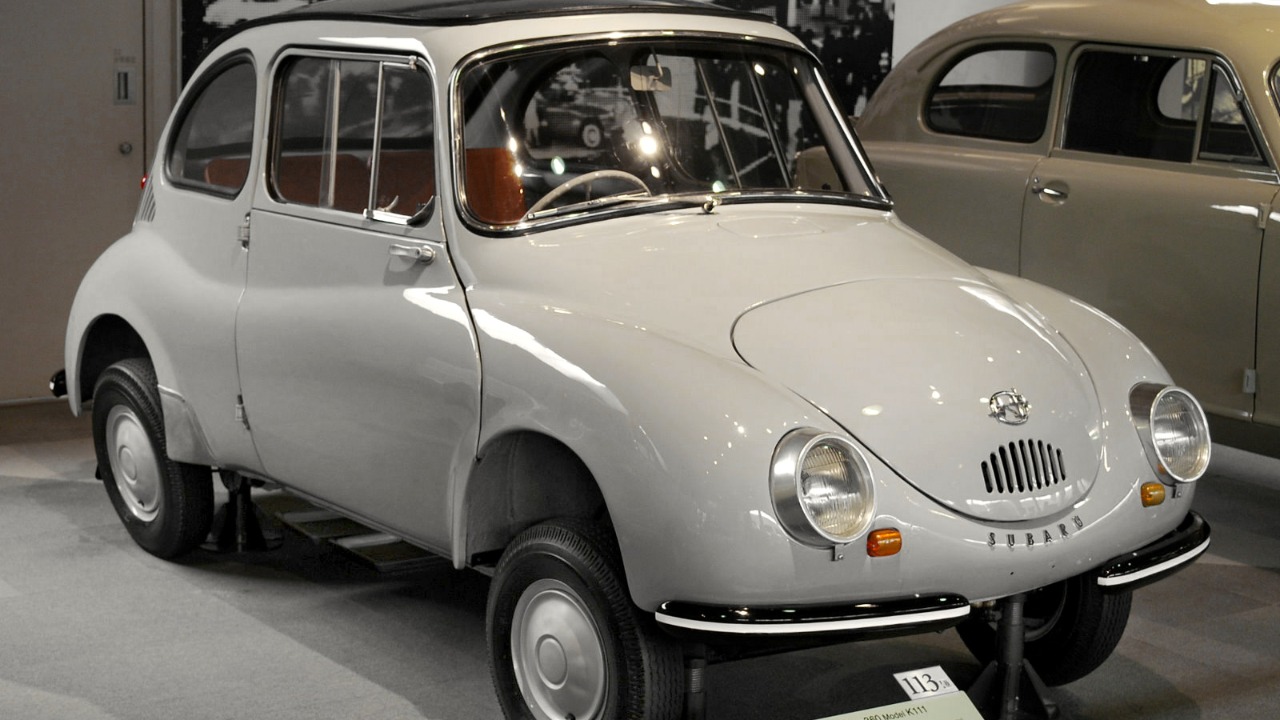
The Subaru 360 was Japan’s answer to the need for a small, affordable car in the late 1950s. Its design was influenced by airplane manufacturing techniques, thanks to its parent company, Fuji Heavy Industries, which also produced aircraft. The Subaru 360’s lightweight body and efficient use of materials reflected the company’s expertise in aeronautics.
Often called the “ladybug” due to its shape, the Subaru 360 offered a practical solution to transportation needs, much like the utilitarian approach seen in aircraft design. Its success paved the way for Subaru’s later automotive innovations, rooted in aviation expertise.
Avions Voisin C28
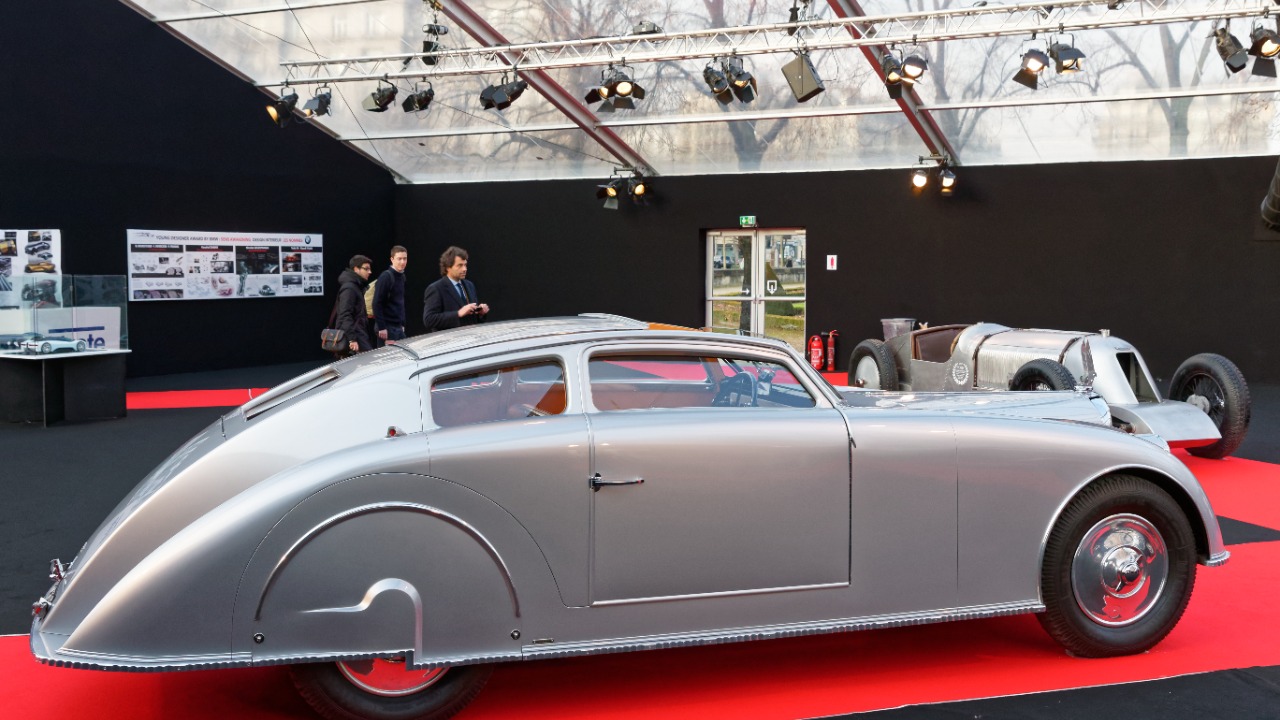
The Avions Voisin C28 was a luxury car produced by the French company Avions Voisin, which, as the name suggests, started as an aircraft manufacturer. The C28 epitomized the blend of art and engineering, with its design influenced by both the aesthetics and technology of aircraft. This car featured advanced aerodynamics and a sleek, streamlined body.
Launched in the 1930s, the C28 was a testament to the possibility of combining luxury with technological prowess. Its innovative design was a direct result of its manufacturer’s aviation background, showcasing how the principles of flight can be translated into road vehicles.
Bristol 401
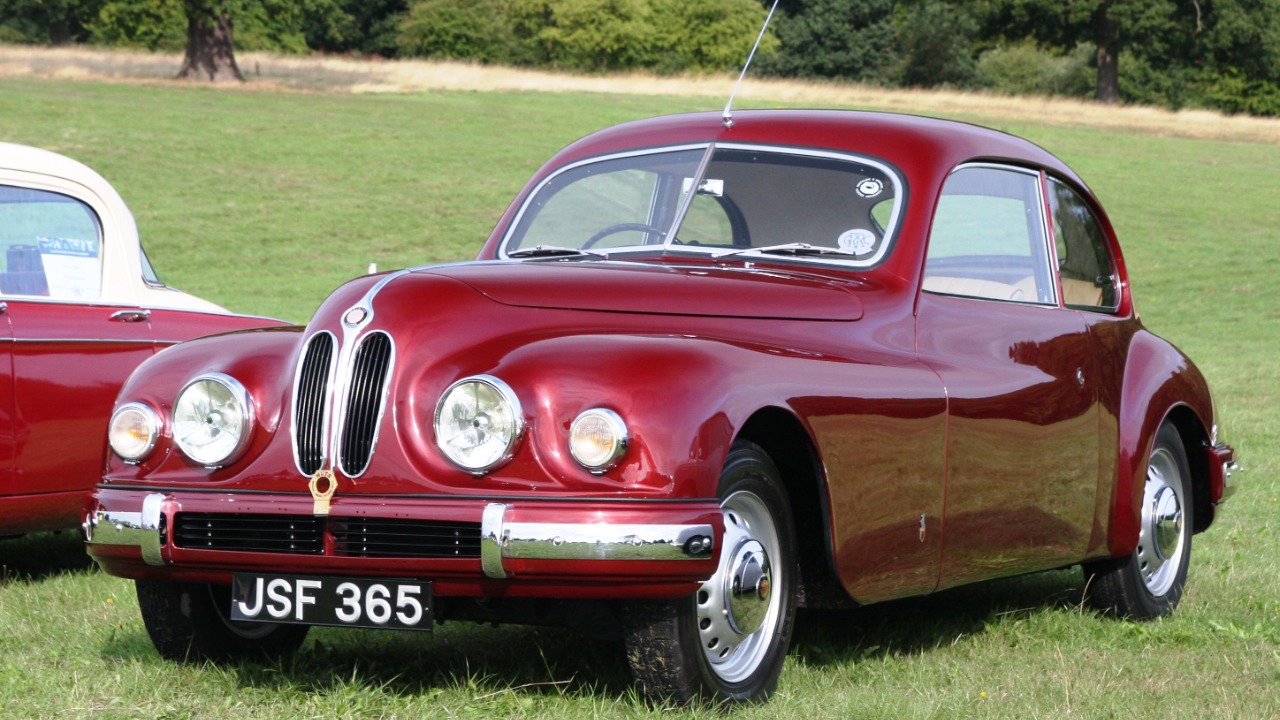
The Bristol 401 was a British car that drew heavily from its manufacturer’s aircraft heritage. Bristol Aeroplane Company, known for its aircraft engines, applied its aerodynamic knowledge to create the 401, resulting in a car with a low drag coefficient. The elegant curves and flowing lines of the Bristol 401’s body were designed with the same precision used in aircraft.
This model was one of the first to use wind tunnel testing during its development, a technique borrowed from aviation to optimize aerodynamics. The 401’s design and engineering reflect the seamless transfer of technology from air to road, much like modern aerodynamics research continues to influence vehicle design today.